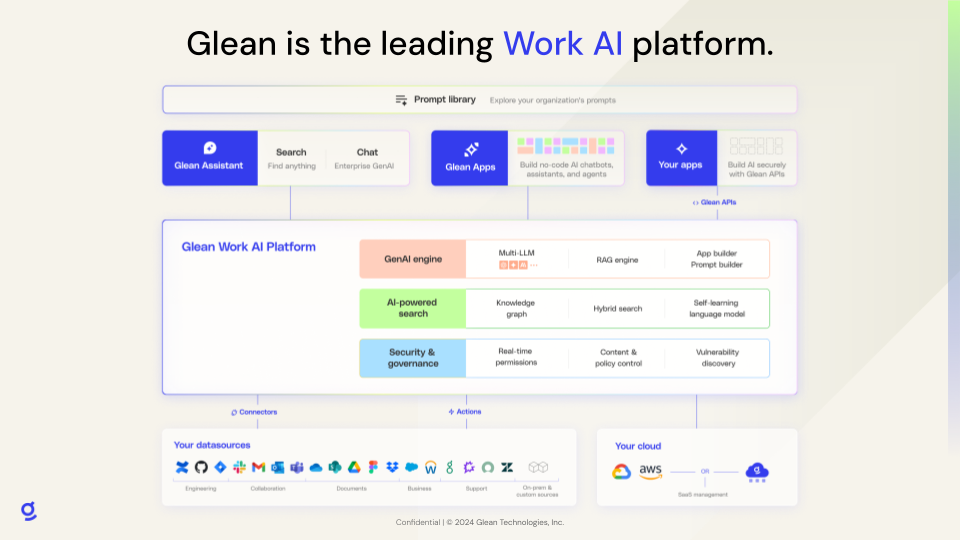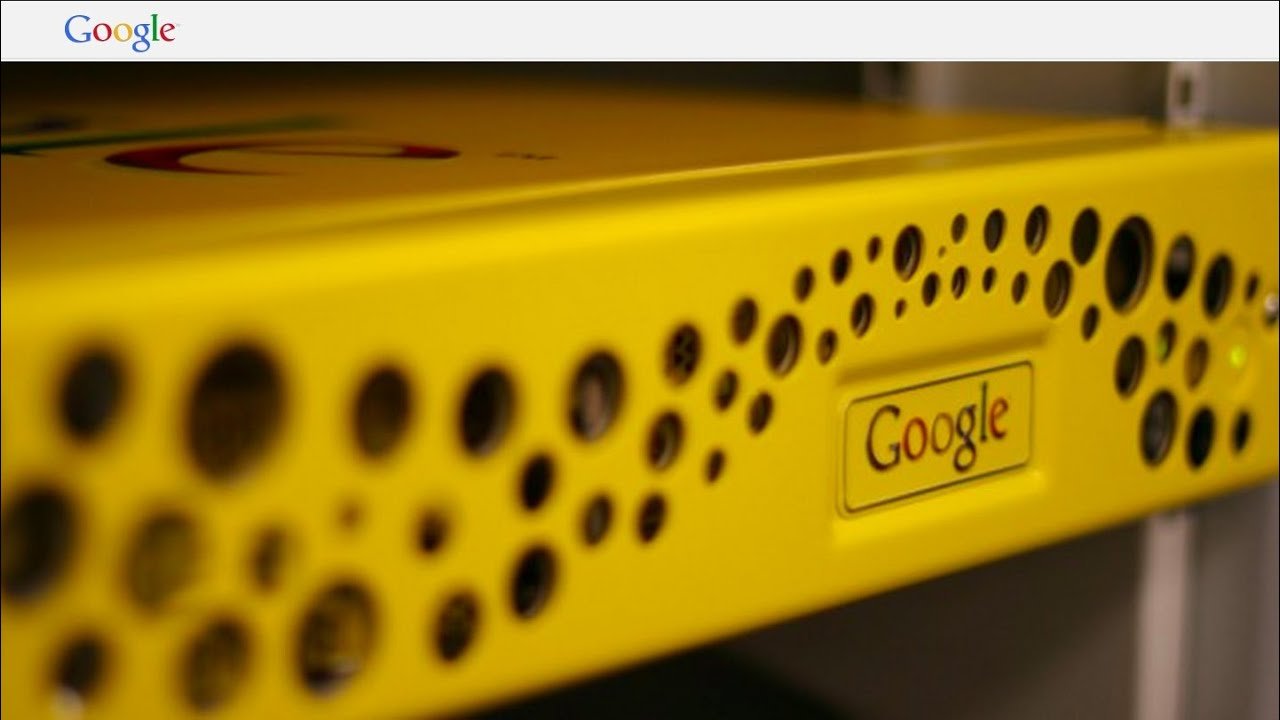Glean - The Work AI Platform
At the weekend I love going for a long run - and listening to a tech-related podcast as I go.
One of my favourite’s is Lenny’s Podcast run by Lenny Ratchitsky - focused on product management covering topics as broad as corporate strategy, communication and coding.
A couple of week’s back I enjoyed listening to an episode featuring Tamar Yehoshua, head of product at Glean, and previously at Google and Slack.
In the episode Tamar shares her lessons on scaling products, AI’s future and leadership insights from her roles at Glean, Slack and Google.
Lots of great learnings from the episode, but I was drawn to the Glean story as I learn more about how AI-native platforms are reinventing the way we work.
Luckily I know Jonathan Marriott, head of EMEA for Glean and this week was able to get a deeper dive into Glean’s story, the product and how their customers are using it in their businesses.
Glean - AI for your workers
If you’ve followed my AI for non-technical CxOs email course you’ll know a few key principles for successful AI strategies:
AI is a people change challenge, not just a technical change
AI relies on good data foundations to give good results
AI starts with simple, easy to adopt use cases
In many cases this begins with just providing your teams with an easy way to find, engage with and analyse the knowledge you currently have in your systems and processes, and that is where Glean comes in.
Founded by ex-Googler’s who understand the challenge of search, Glean deals with the issues of siloed information, hard to access unstructured information, and processes and policies that sit in multiple places often conflicting with each other.
It’s interface is primarily a “Google-like” search bar that surfaces insights from across all of your cloud or on-prem systems - CRM, HR, ERP, your intranet, your customer support systems.
Behind that simplicity you can consider three main ways that Glean provides value over and above just giving your users a licence to OpenAI or Claude directly.
Connecting securely to all your company data - context to reduce hallucinations and increase the value of what the system returns
Knowledge graph that learns and improves as your team use it, prioritising or reducing the relevance of answers over time in a similar way to Google search
Organisation specific applications that use this output - a chatbot maybe, but also AI Agents and APIs to plug into your other platforms
The Glean Platform
I liked this visual to explain the platform.
Plug your data in at the bottom, host Glean on your choice of cloud.
Bring your own LLM model if you want, or use Glean’s OpenAI default.
Access the system through Glean’s front end, or build your own apps within Glean or via their API.
Develop and share prompts around your organisation to help your team’s get the best from your data and knowledge.
Is this not just enterprise search?
If you’ve been in the Google ecosystem you might remember the now defunct Google Search Appliance. The power of Google within your firewall….or that was the idea.
The Google Search Appliance - the big yellow box!
Glean goes beyond the concept of enterprise search in that its not just finding the information, its being able to do something with it.
This is why we see AI adopters go to Claude, ChatGPT or Perplexity before they go to Google Search when they have a question.
Glean users move quickly from “find me our discounting policy” to “I have an opportunity with ACME and I want to understand what my discounting options are for a multi-year deal”
Its about making the knowledge you have in the company actionable and useful.
One of the more tricky challenges that Glean goes on to solve is determining who can see what, and respecting the visibility rights that each user has in the systems that each piece of knowledge comes from.
A VP in Finance can see more about the company’s financial status than a junior in marketing can.
A good way to think about this is, imagine you had an amazing new starter in your company and you tasked them with reading every Slack message, every Salesforce CRM record, every financial transaction, every Google Doc,
and then they gave you the answer to any of your natural language questions about the business, but only if you would be able to access that information directly if you knew where to look.
How do you know if you need a tool like Glean?
Imagine you asked 20 people in your company the same five questions:
What is our strategic objective this year?
What are the key metrics and how are we tracking against them?
What types of partners do we work with and why?
Who is the biggest customer we signed last year?
How much can you expense for a mobile phone and how often?
Would every one of the 20 people give you:
a) the same answer
b) the same place to find the answer
The likelihood is that depending on what team they work in, and how long they’ve been in the company, they’ll point you to a different system, a different document or a different process.
These are indicators that your teams are all working from different information and different guidance - often it is a wonder the company functions at all!
AI is a people change challenge
To close, as I often repeat, AI is a people change challenge - as leaders we need to help our teams change the way they think about work, the way the approach every task.
As Ethan Mollick, author of Co-Intelligence suggests “you need to invite AI to the party” whenever you are embarking on a piece of work.
I like this Glean slide - AI-centric employees create AI-centric companies.
Give your people the tools and watch them create the use cases that will drive business value.
For more information on Glean hit the button below, and I recommend the Lenny episode linked on the Tamar image above!






